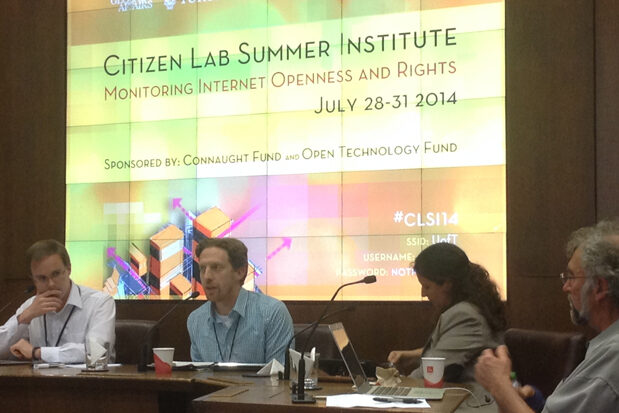Reposted from The Conversation. Biometric technologies are on the rise. By electronically recording data about individual’s physical attributes such as fingerprints or iris patterns, security and law enforcement services can quickly identify people with a high degree of accuracy. The latest development in this field is the scanning of irises from a distance of up to 40 feet (12 metres) away. Researchers from Carnegie Mellon University in the US demonstrated they were able to use their iris recognition technology to identify drivers from an image of their eye captured from their vehicle’s side mirror. The developers of this technology envisage that, as well as improving security, it will be more convenient for the individuals being identified. By using measurements of physiological characteristics, people no longer need security tokens or cumbersome passwords to identify themselves. However, introducing such technology will come with serious challenges. There are both legal issues and public anxiety around having such sensitive data captured, stored, and accessed. Social resistance We have researched this area by presenting people with potential future scenarios that involved biometrics. We found that, despite the convenience of long-range identification (no queuing in front of scanners), there is a considerable reluctance to accept this technology. On a basic level, people prefer a physical interaction when their biometrics are being read. “I feel negatively about a remote iris scan because I want there to be some kind of interaction between me and this system that’s going to be monitoring me,” said one participant in our research. But another serious concern was that of “function creep”, whereby people slowly become accustomed to security and surveillance technologies because they are introduced gradually. This means the public may eventually be faced with much greater use of these systems than they would initially agree to. For example, implementing biometric identification in smart phones and other everyday objects such as computers or cars could make people see the technology as useful and easy to…
Public anxiety and legal protections currently pose a major challenge to anyone wanting to introduce eye-scanning security technologies.



